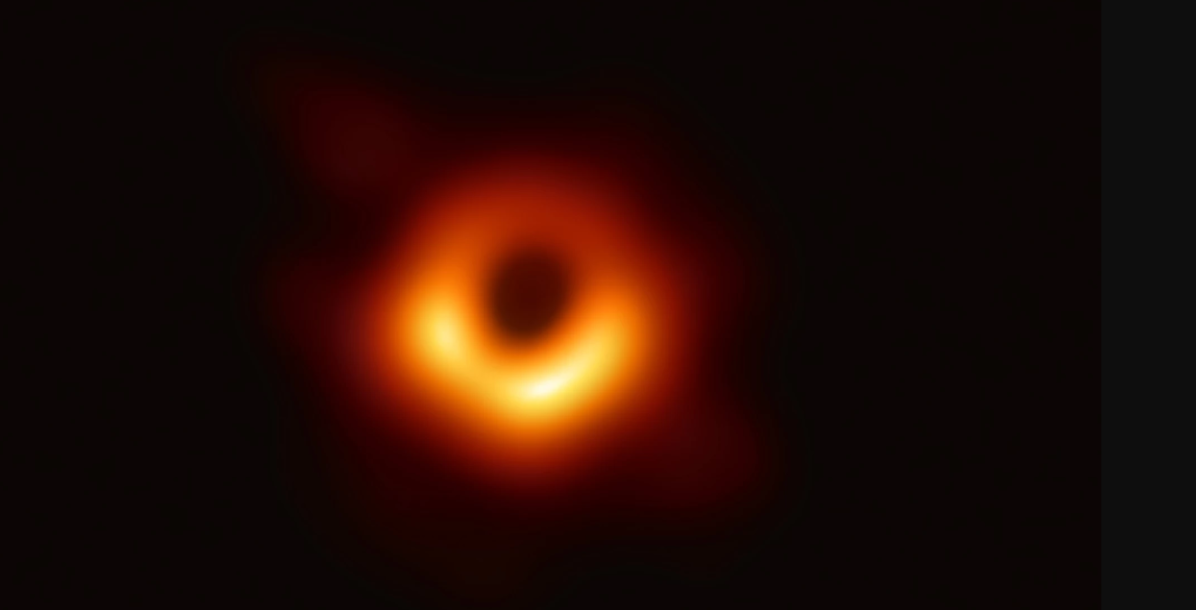BLACK HOLES
What is a black hole?
A black hole is a region of space from which nothing, not even light, can escape
Despite the name, they are not empty but instead consist of a huge amount of matter packed densely into a small area, giving it an immense gravitational pull
There is a region of space beyond the black hole called the event horizon. This is a “point of no return”, beyond which it is impossible to escape the gravitational effects of the black hole
TWO SUPER-MASSIVE BLACK HOLES
The first – called Sagittarius A* – is situated at the center of our own Milky Way galaxy, possessing 4 million times the mass of our sun and located 26,000 light years from Earth. A light year is the distance light travels in a year, 5.9 trillion miles (9.5 trillion km).
The second – called M87 – resides at the center of the neighboring Virgo A galaxy, boasting a mass 3.5 billion times that of the sun and located 54 million light-years away from Earth. Streaming away from M87 at nearly the speed of light is a humongous jet of subatomic particles.
Black holes, coming in a variety of sizes, are extraordinarily dense entities formed when very massive stars collapse at the end of their life cycle. Super-massive black holes are the largest kind, devouring matter and radiation and perhaps merging with other black holes.
Einstein’s theory, if correct, should allow for an extremely accurate prediction of the size and shape of a black hole.
“The shape of the shadow will be almost a perfect circle in Einstein’s theory,” Psaltis said. “If we find it to be different than what the theory predicts, then we go back to square one and we say, ‘Clearly, something is not exactly right.’



